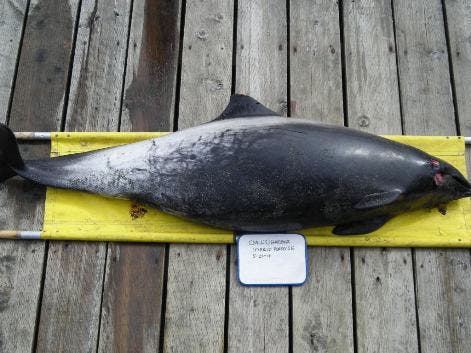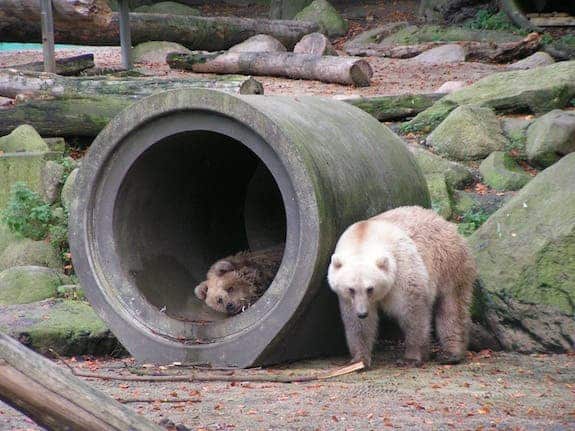What do you get when you cross a grizzly bear with a polar bear? Simple, a prizzly bear or golar bear, depending on the side you’re looking from. What about a narwhal with a beluga whale? A narluga! No, these aren’t childish word plays, nor elaborated photoshop attempts – these animals truly exist and come as a result of animal hybridization due to climate change, which has forced certain species to come into contact with related ones.
A recent study PLOS Genetics found, however, that hybridization – at least between polar, brown and black bears – is far from being a new fad. The team of international researchers obtained genome-wide sequence data for seven polar bears, one ABC Islands brown bear, one mainland Alaskan brown bear, and a black bear (U. americanus). Subsequent analysis revealed ancient gene flow from the polar bear to the seemingly isolated ABC brown bear, however the reverse (brown bear to polar bear) wasn’t found. As expected, polar bears and brown bears show similar pairwise genomic divergence from the black bear. Likewise, the polar bears, brown bears, and black bears all show similar genomic divergence from the giant panda (Ailuropoda melanoleuca).
Melting sea ice is accelerating hybridization, however, as polar bears are forced ashore to an Arctic habitat that’s increasingly hospitable. In Canada there have been a number of reported sightings of peculiar looking bears, that are neither brown, black, nor polar, presenting coloring anomalies such as muddy-looking snouts and dark stripes down their back all on the body of a brown bear.

Stranded hybrid narwhal-beluga porpoise found on San Juan Island, May 21 2011. The hybrid lacks the narwhal signature tusk. (c)The Whale Museum
Hybridization isn’t reserved for bears, however. For instance, a 2010 published study lists 34 possible and actual climate-change-induced hybridizations, including those between narwhals and beluga whales or between northern and southern squirrels, among other.
While hybridization is good in most cases, since its a sign that species adapt, it might force some rare species into extinction. Hybrid species are met with a higher degree of infertility, even so since they’re more adapted, they might expel their parental lineage.
“As more isolated populations and species come into contact, they will mate, hybrids will form and rare species are likely to go extinct,” the authors wrote. “As the genomes of species become mixed, adaptive gene combinations will be lost.”
A good example is the now extinct Neanderthal population that was folded into the human gene pool thanks to early humans in Europe more than 47,000 years ago. For now hybridization is rather difficult to assess whether it’s good or bad, but studies such as these help deepen our understanding. More work in this direction is mandated, however, as sea ice melts even further in order to assess the dangers posed to species at risk.
story via Smithsonian










